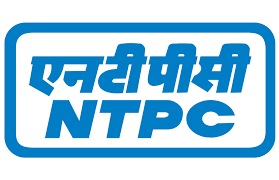Digitization of patient care using data
Sameer Bhalla is the Founder, CEO at HealthIntel Services Private Limited (HSPL)
Few industries have claimed to witness dramatic changes over the past few years as much as healthcare. On the one hand, the sector is on an unprecedented boom, with progressive measures to dust of old vagaries of the system. On the other hand, few sectors are experiencing such disruption with new business models more vulnerable to competition-based practises, increasing the pressure to reduce costs and meet stringent customer demands. Also, companies continue their crusade to protect electronic medical records—from a black market eager to pay lump sum for vital healthcare information. To take in hand the repercussions of these challenges, organizational bodies today, are investing in digital-centric operations that connect and enable analysis of every piece of data across channels, operation, and patient outreach. From providing personalized care options to gathering insights to addressing new care formats such as telemedicine and outpatient care, digital technologies are a crucial tool for providers, insurance and medical service industries and one of the key factors to impact this is the incorporation of data.
With progress of technology, the healthcare industry has gone through a major transformation with the adoption of electronic medical records (EMRs). In observance with government regulation, providers, payers, and other medical organizations have commenced the long-term project of securing every patient’s medical record on secured platforms, through encryption of data. Apart from this, big data and mass records analysis are helping both patients and institutions understand, address, and provide high-quality healthcare. Based on such all-expansive capabilities, data collected from traditional sources such as data centres and customer-managed relationship (CMR) systems can be combined with insightful information from fresh resources such as mobile networks, in-camera video diagnostics, medical devices, equipment sensors, and even social media. The resulting inferences are then used to help manage complex care projects involving several specialists or help nurse practitioners fulfil basic medical needs. They are arming hospital staff with unmatched form of efficiency, aid in tracking critical equipment, and simplifying inventory management to help identify bottlenecks and adapt workflows for more effective use of resources. They help manage patient safety, secure facilities, administer building systems, oversee pharmaceuticals, track schedules, and enable telemedicine. Traditional models for collecting and processing healthcare information are ripe for disruption as Digital transformation provides unmatched access to analytics that are driving rapid changes in the industry. At present, required push from this hyper-sensitive set is changing how one is visualizing health industry, empowering patients to make smarter decisions at reduced prices.








